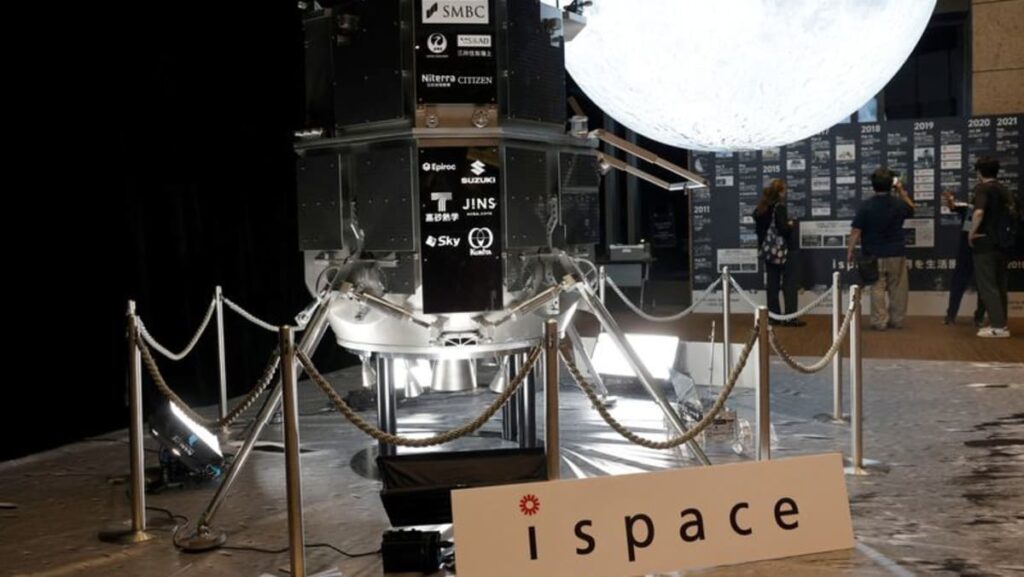NEW ATTEMPT AFTER PAST SETBACK
Resilience carries a four-wheeled rover built by ispace’s Luxembourg subsidiary and payloads worth a total of US$16 million, including scientific instruments from Japanese firms and a Taiwanese university.
If the landing is successful, the 2.3m-high lander and the microwave-sized rover will begin 14-day exploration activities until the arrival of a freezing-cold lunar night, including capturing images of regolith, the moon’s fine-grained surface material, on a contract with the US space agency NASA.
Later on Friday, ispace will host a press conference about the outcome of the mission, according to the company.
Shares in ispace more than doubled earlier this year on growing investor hopes for the second mission, before calming in recent days.
Resilience in January shared a SpaceX rocket launch with Firefly’s Blue Ghost lander, which took a faster trajectory to the moon and touched down successfully in March.
Intuitive Machines, which last year marked the world’s first touchdown of a commercial lunar lander, made its second attempt in March but the lander Athena ended on its side on the lunar surface just as in the first mission.
Japan last year became the world’s fifth country to achieve a soft lunar landing after the former Soviet Union, the US, China and India, when the national Japan Aerospace Exploration Agency (JAXA) achieved the touchdown of its SLIM lander, yet also in a toppled position.
Despite US President Donald Trump’s proposed changes to US space policy, Japan remains committed to NASA’s Artemis moon program, pledging the involvement of Japanese astronauts and technologies for future lunar missions.
Including one in 2027 as part of the Artemis program, ispace plans seven more missions in the US and Japan through 2029 to capture increasing demands for lunar transportation.

